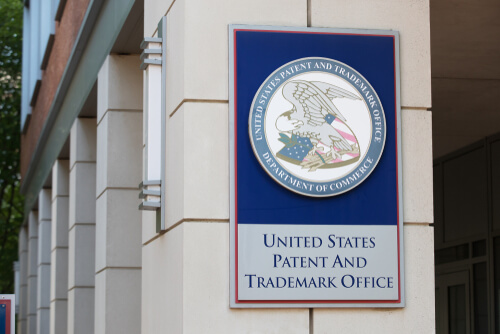Anyone who has ever dealt with the government when applying for a patent knows how slow the process can be. However, that may be changing for good. At the beginning of July this year, the United States Patent and Trademark Office (USPTO) launched a pilot program called the “Fast-Track Appeals Pilot Program” intended to fast track original design, plant, and utility patent application appeals. The program is a follow up to the Track One prioritized examination program, which successfully streamlined priority applications for both utility and plant patents.
Goals of the New Pilot Program
The USPTO hopes the new program will advance applications more rapidly and streamline the process of ex parte appeals that take place in front of the Patent Trial and Appeal Board. The hope is that an application accepted in to the Fast-Track Program will have a decision on their appeal in no more than 6 months from the official acceptance date of their appeal into the Program.
Guidelines Related to Program Acceptance and Length
Not everyone will be able to participate in the program. Currently to apply, an applicant must:
- File a petition once the Patent Trial and Appeal Board issues the applicant a notice their appeal is on the docket
- Pay a $400 petition fee
At the date the program launch, the USPTO stated the Fast Track program would run until the earlier of 500 petitions have been granted or July 2, 2021. At the end of the program, the USPTO will evaluate the results to determine whether the program should be finalized and made permanent as-is, or if additional changes are needed to make the program sufficiently successful. However, considering the success the Track One program had in a different stage of the patent application progress, it’s unlikely the program will fail and need additional work.
New York Intellectual Property Lawyers
Anyone involved in creation of intellectual property knows the painstaking, time-consuming process and headaches involved in dealing with government agencies to get a grant of protection in the form of a trademark, copyright, or patent. Even though the process is slowly becoming streamlined, it remains to be seen if the new program implemented will be successful. Even if it is, the process is still complicated and can be confusing for someone unfamiliar with the process. For advice on the patent process, help with the application, or counsel if you find yourself dealing with an appeal of your patent application, experienced counsel can make all the difference. Contact the experienced New York intellectual property lawyers at MOWK Law today to let us answer your questions, learn more, and get started.


